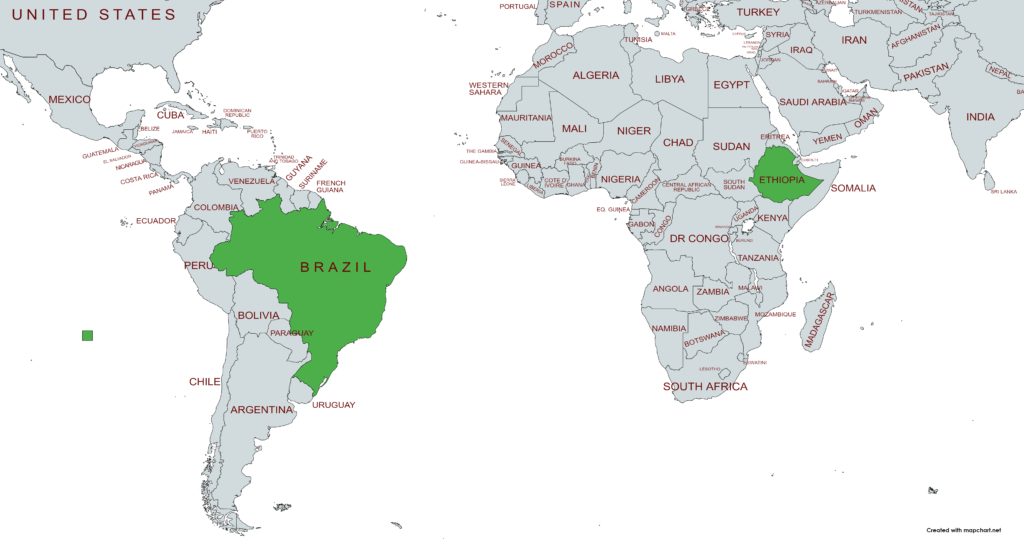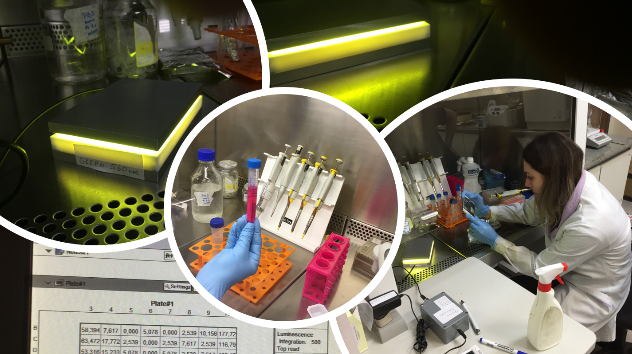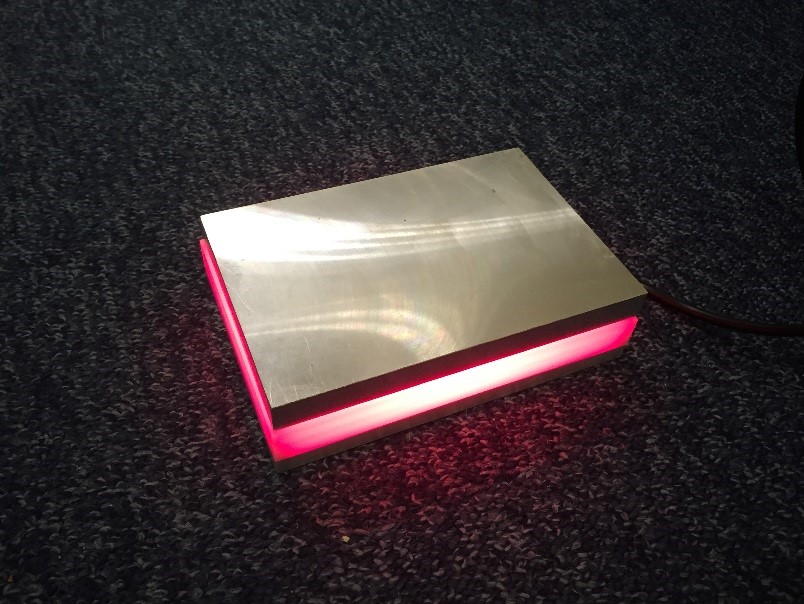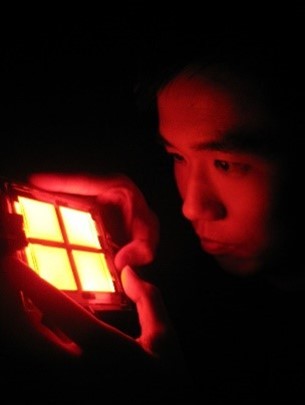
Researchers in the School of Physics & Astronomy are exploring how to apply a portable light source for photodynamic therapy (PDT), a technology they have already developed to treat skin cancer, to treat a major neglected tropical disease. In this project, experts in PDT, parasitologists and microbiologists from institutes in Sao Paulo and Salvador, Brazil, worked together to explore the use of PDT as a potential new treatment for cutaneous leishmaniasis, a serious, scarring skin infection caused by a single-celled parasite that is transmitted by the bite of a phlebotomine sand fly.

Leishmaniasis is among the six most important tropical diseases in terms of its impact in public health and affects 12 million people around the world. It is very debilitating, especially cutaneous leishmaniasis, as it can lead to disfigurement, which can lead to psychological and social isolation. In this project, our aim was to contribute to the improvement of health and wellbeing, social welfare, economic development in developing countries affected by the tropical disease leishmaniasis. The aim of the project was on creating a compact flexible bandage-like wearable devices for fast, simple and cost-effective treatment of cutaneous leishmaniasis infections, which would avoid expensive and toxic drugs, and reducing complications.

SFC GCRC funding allowed us to develop and evaluate compact light sources for the treatment of cutaneous leishmaniases. Leishmaniasis is a serious and widespread tropical disease affecting many developing countries. The project combined expertise in optoelectronics in St Andrews with the detailed knowledge of leishmaniasis of collaborators in Brazil and Ethiopia. In vitro studies suggest the approach is effective and so could improve treatment of cutaneous leishmaniasis. Light sources made in St Andrews were delivered to Brazilian and Ethiopian researchers for collaborative research on photodynamic therapy of the leishmanial parasite. Encouraging in vitro results have been obtained that suggest this can now be developed into an effective therapy.
Using preliminary results, further funding from Newton Funding (British Council) in collaboration with partners from Mexico (INAOE, Prof Ruben Garcia) has been secured for one year to work on ‘Antimicrobial PDT’.

